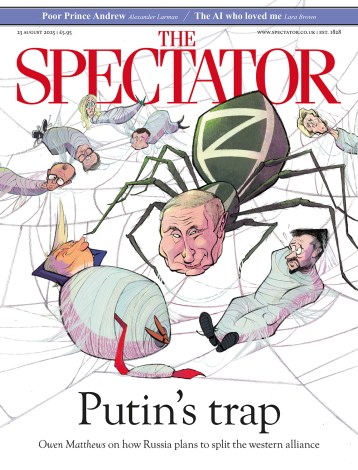Why the cheating cuckoo may finally be getting its comeuppance
In recent years there has been a fashion for so-called ‘new nature writing’, where the works are invariably heavy with emotion, while the descriptions of place and wildlife often serve as a hazy green backcloth against which the author depicts the main subject —their own personalities. It comes as something of a shock, therefore, to find a new nature book that returns to a traditional format. It’s one in which the character of the writer barely intrudes and the real subject, picked apart in meticulous detail, is nature itself. In the hands of a scholar who is also a first-rate storyteller, you realise just how entertaining such a work can




















